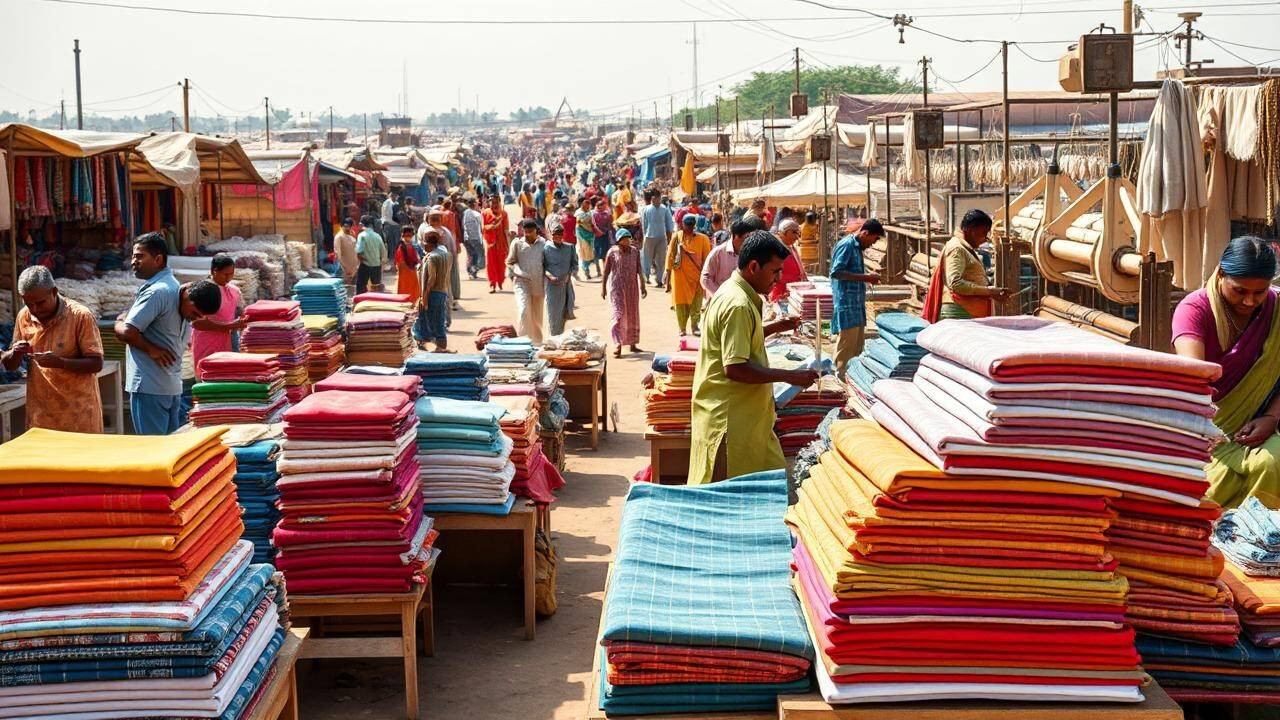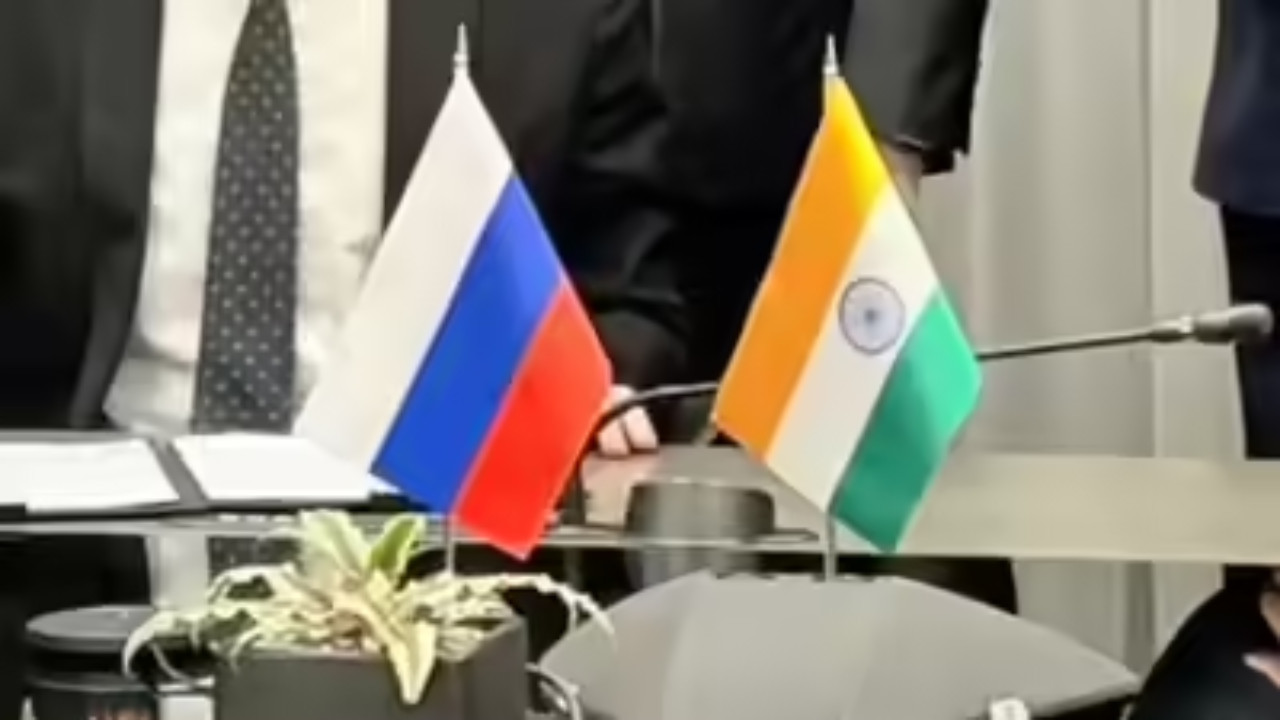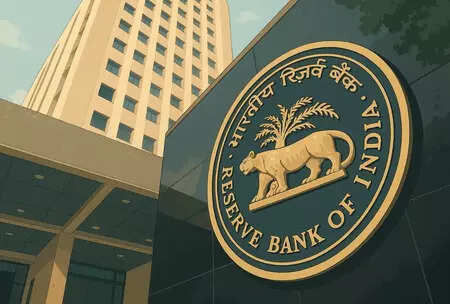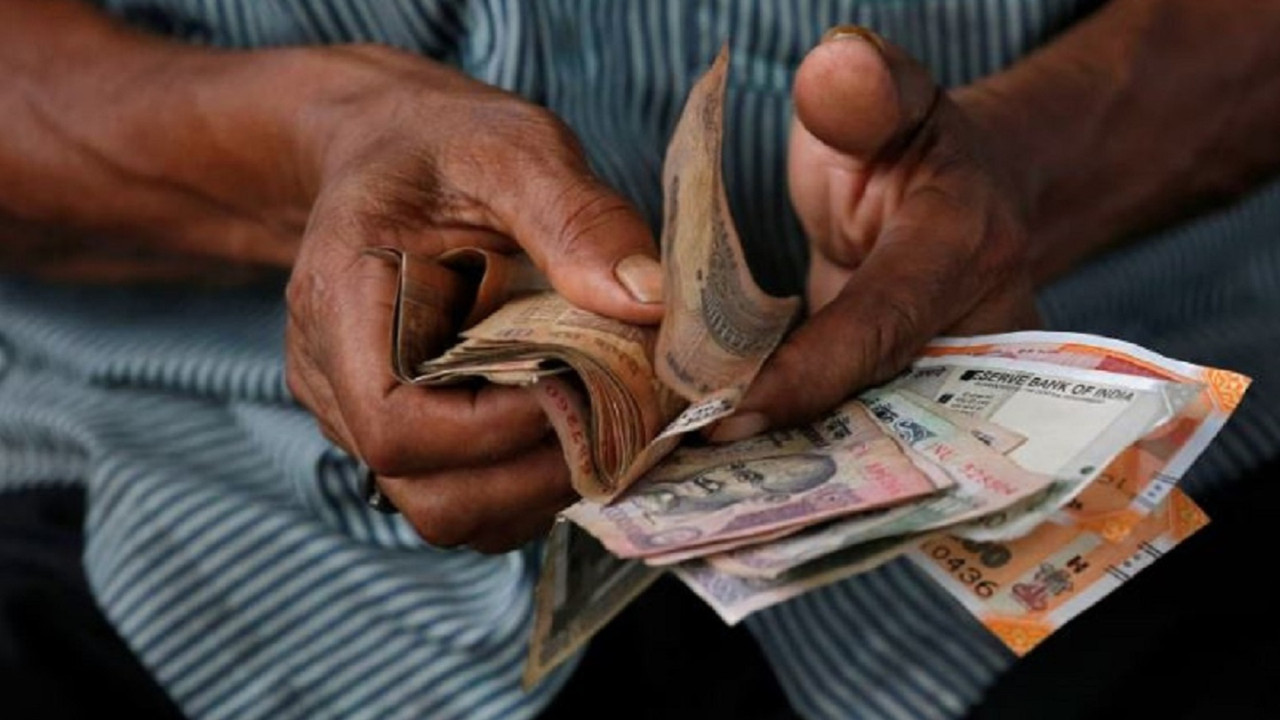India aims to boost textile exports to 40 nations, targeting a $600 billion market, after the US imposed a 50% tariff on Indian goods. The government plans to leverage existing free trade agreements to enhance its global market share.
India’s Fashion Forward: Plotting a Course for Global Apparel Domination
The global fashion scene is about to get a vibrant injection of Indian style. Forget subdued hues and understated elegance; imagine a kaleidoscope of colors, intricate embroidery, and fabrics that tell stories woven through generations. India is making a bold play to significantly boost its apparel exports, setting its sights on 40 countries in a strategic maneuver that could reshape the international textile market.
Think of it as India unfurling a giant, exquisitely patterned tapestry, ready to drape the world in its unique sartorial flair. But how does a nation known for its diverse regional styles and artisanal craftsmanship translate that into a cohesive, globally competitive export strategy? It’s a fascinating blend of trade agreements, targeted marketing, and a deep understanding of what today’s consumers are craving.
Weaving Trade Deals: The Foundation for Growth
The cornerstone of this ambitious plan lies in forging strong trade relationships. India is actively pursuing Free Trade Agreements (FTAs) and engaging in crucial trade talks with several nations. These agreements are designed to reduce or eliminate tariffs, making Indian apparel more competitive in foreign markets. This isn’t just about selling more clothes; it’s about building lasting partnerships and fostering mutual economic growth. The government is working diligently to identify key markets and tailor its approach to each region’s specific needs and preferences. This strategic tailoring is crucial for success in such a diverse global market.
From Runway to Reality: Understanding Consumer Demand
Beyond trade agreements, understanding consumer demand is paramount. The modern consumer is savvy, ethically conscious, and increasingly drawn to unique, high-quality products with a story to tell. Indian textiles, with their rich heritage and diverse techniques, are perfectly positioned to meet this demand. Think of the intricate handloom weaves of Varanasi, the vibrant block prints of Rajasthan, or the delicate Chikankari embroidery of Lucknow. These aren’t just fabrics; they’re pieces of art, each carrying the legacy of generations of skilled artisans.
Identifying the Target: Apparel Exports Take Center Stage
The 40 countries identified as key targets are not a random selection. They represent a carefully chosen mix of established markets with high purchasing power and emerging economies with a growing appetite for international fashion. Each market presents a unique set of opportunities and challenges, requiring a nuanced and adaptable approach. This isn’t a one-size-fits-all strategy; it’s about understanding the cultural nuances, fashion trends, and consumer preferences of each individual country.
The focus isn’t solely on high-end luxury goods, either. While exquisite silks and bespoke tailoring will undoubtedly play a role, the strategy also encompasses a wide range of apparel categories, from casual wear and sportswear to work attire and children’s clothing. The goal is to cater to diverse tastes and budgets, ensuring that Indian apparel finds a place in wardrobes across the globe.
Challenges on the Horizon: Navigating the Complexities
Of course, this journey won’t be without its obstacles. Competition from established players in countries like China, Bangladesh, and Vietnam is fierce. India must differentiate itself not only through the unique quality and artistry of its textiles but also through competitive pricing, efficient supply chains, and a strong commitment to ethical and sustainable manufacturing practices. Embracing technological advancements in textile production will also be essential to streamline processes and improve efficiency.
Moreover, navigating the complexities of international trade regulations, varying consumer preferences, and logistical challenges requires meticulous planning and execution. Successfully managing these challenges will be crucial to realizing India’s ambitious export goals. You can read more about [sustainable textile production practices](internal-link-to-related-content) and what India is doing to become a more environmentally conscious leader in the apparel industry.
A Future Woven with Promise
India’s bold move to expand its apparel exports has the potential to not only boost its economy but also to enrich the global fashion landscape. By leveraging its rich textile heritage, embracing innovation, and forging strong trade partnerships, India is poised to become a major force in the international textile market. This isn’t just about selling clothes; it’s about sharing a vibrant culture and a timeless tradition of craftsmanship with the world. The coming years will be crucial as India seeks to solidify its position as a leading global apparel exporter, weaving a future woven with both economic prosperity and cultural exchange.








